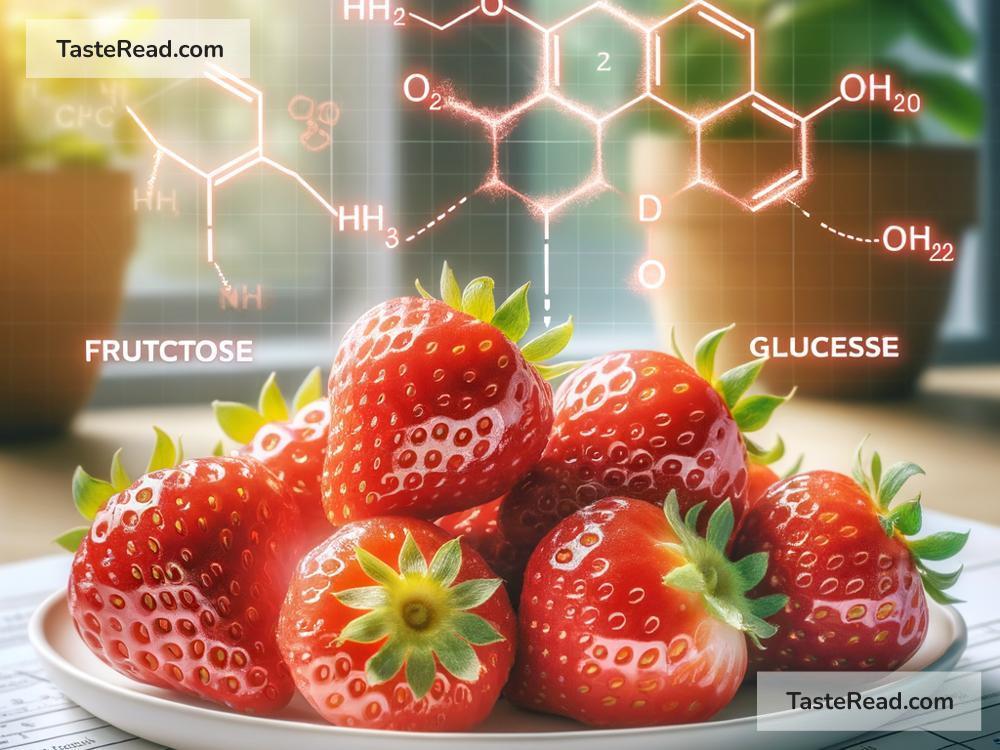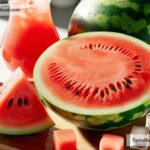The Science Behind the Sweetness of Strawberries
Strawberries are one of the most loved fruits in the world. Their bright red color and juicy texture make them irresistible, but it is their sweetness that truly steals the show. Have you ever wondered what makes strawberries so sweet? Is it magic? No, it’s science! In this blog, we will explore the fascinating science behind the sweetness of strawberries in simple terms so anyone can understand it.
Why Do Strawberries Taste Sweet?
The sweetness of strawberries comes from natural sugars inside the fruit. Sugars like glucose and fructose are produced as the strawberry grows and ripens. These sugars give the strawberry its sweet taste, but the level of sweetness depends on many factors.
Interesting fact: A strawberry has about 4-5% sugar content, which means four to five percent of the weight of a strawberry is sugar.
From Seed to Sweetness: How Strawberries Grow
Strawberries begin their journey as tiny seeds planted in soil. As they grow, the plant uses sunlight, water, and nutrients to produce energy through a process called photosynthesis. This energy helps the plant create sugars that eventually make the strawberries sweet.
During photosynthesis, the strawberry plant converts sunlight, carbon dioxide (from the air), and water into glucose. Glucose is a type of sugar that acts as food for the plant. Some of this sugar is stored in the strawberry fruit itself, which is why the fruit tastes sweet.
As the strawberry ripens, the amount of sugar increases, making the fruit taste sweeter. At the same time, any sour compounds (like acids) decrease, balancing sweetness and tartness perfectly.
Why Are Some Strawberries Sweeter Than Others?
Not all strawberries taste the same. Sometimes you bite into one that’s super sweet, while another might taste bland. Here are some key reasons for this difference:
-
Ripeness
Strawberries taste sweetest when they are fully ripe. Ripeness is a stage of development when the fruit has had enough time on the plant to produce the maximum amount of sugars. If a strawberry is harvested while it’s still green or unripe, it will taste sour because it hasn’t yet developed enough sugar. -
Sunlight and Weather
Sunlight plays a huge role in the sweetness of strawberries. The plant uses sunlight to make sugars, so strawberries grown in sunny conditions tend to be sweeter than those grown in cloudy or shady areas. Similarly, cool nights and warm days are perfect for growing sweet strawberries. -
Soil Quality
Healthy soil full of nutrients helps strawberry plants grow strong. Soil with good drainage and the right balance of minerals allows the strawberry plant to produce more sugars. Farmers often test and supplement their soil to ensure the sweetest fruit possible. -
Strawberry Variety
There are many types (or varieties) of strawberries, and some are naturally sweeter than others. For example, garden strawberries (the ones typically sold in grocery stores) are bred to be sweeter, while wild strawberries may have more of a tart flavor.
The Role of Chemistry in Sweetness
The sweet taste of strawberries is not just about sugar—it’s also about perception. When we eat strawberries, specialized taste buds on our tongue detect sweetness. These taste buds have receptors that recognize sugar molecules. When sugar interacts with these receptors, it sends signals to our brain, letting us know that the strawberry tastes sweet.
But that’s not all! Strawberries also contain other compounds, like acids and aromatic molecules. Acids contribute a tangy flavor, balancing out the sweetness. Aromatics (the compounds responsible for smell) give strawberries their distinctive fruity fragrance, which enhances the feeling of sweetness.
Fun fact: The smell of a strawberry can trick your brain into thinking it is sweeter than it actually is.
How to Pick the Sweetest Strawberries
If you want to enjoy strawberries at their sweetest, here are a few simple tips:
-
Choose Bright Red Ones
Fully ripe strawberries are usually bright red in color. Avoid strawberries that have green or white patches, as they may not be ripe. -
Smell Them
Strawberries with a strong, sweet aroma are likely to taste sweeter. -
Buy Local and In-Season
Strawberries grown locally and eaten in their natural season (spring and early summer) are likely to be sweeter than those that have been shipped from far away or grown out of season. -
Taste Test
If you’re buying strawberries at a farmer’s market, don’t be shy—ask the seller if you can taste one before buying!
Conclusion
The sweetness of strawberries is a result of careful science. From how the plant absorbs sunlight to how the fruit develops sugars, every little detail impacts the taste of this delicious berry. Factors like ripeness, weather, soil quality, and strawberry variety all work together to create the perfect balance of sweet and tangy flavors.
Whether eating strawberries on their own or enjoying them in desserts, the science happening behind the scenes is what makes them taste so good. Next time you bite into a juicy strawberry, you can smile knowing that there’s a whole world of fascinating science behind that moment of sweetness!
What’s your favorite way to enjoy strawberries? Let us know in the comments below!


